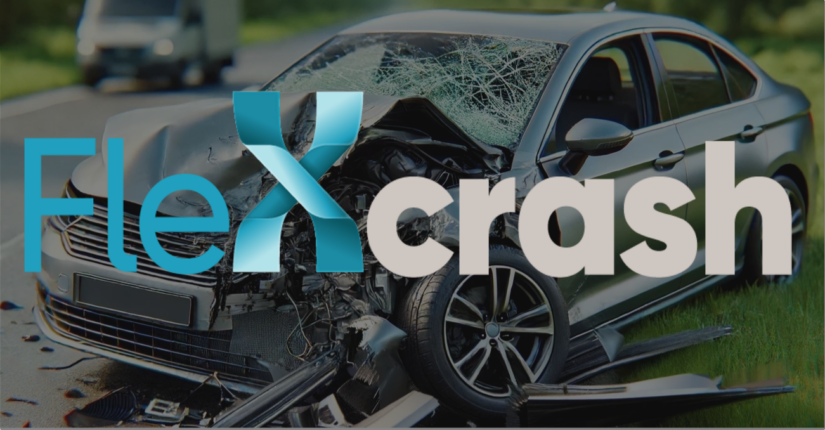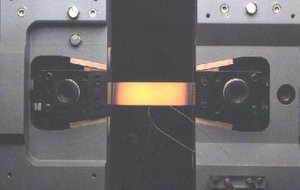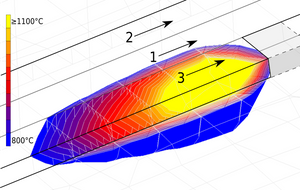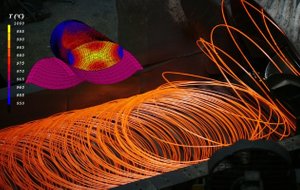Advancing Automotive Safety
Flexcrash integrates advanced materials and innovative design techniques to create lightweight vehicles that meet stringent safety standards. A rigorous simulation and testing process validates this. Automating crash reconstructions and developing standardized virtual testing methodologies enable Flexcrash to address future road safety challenges.…









